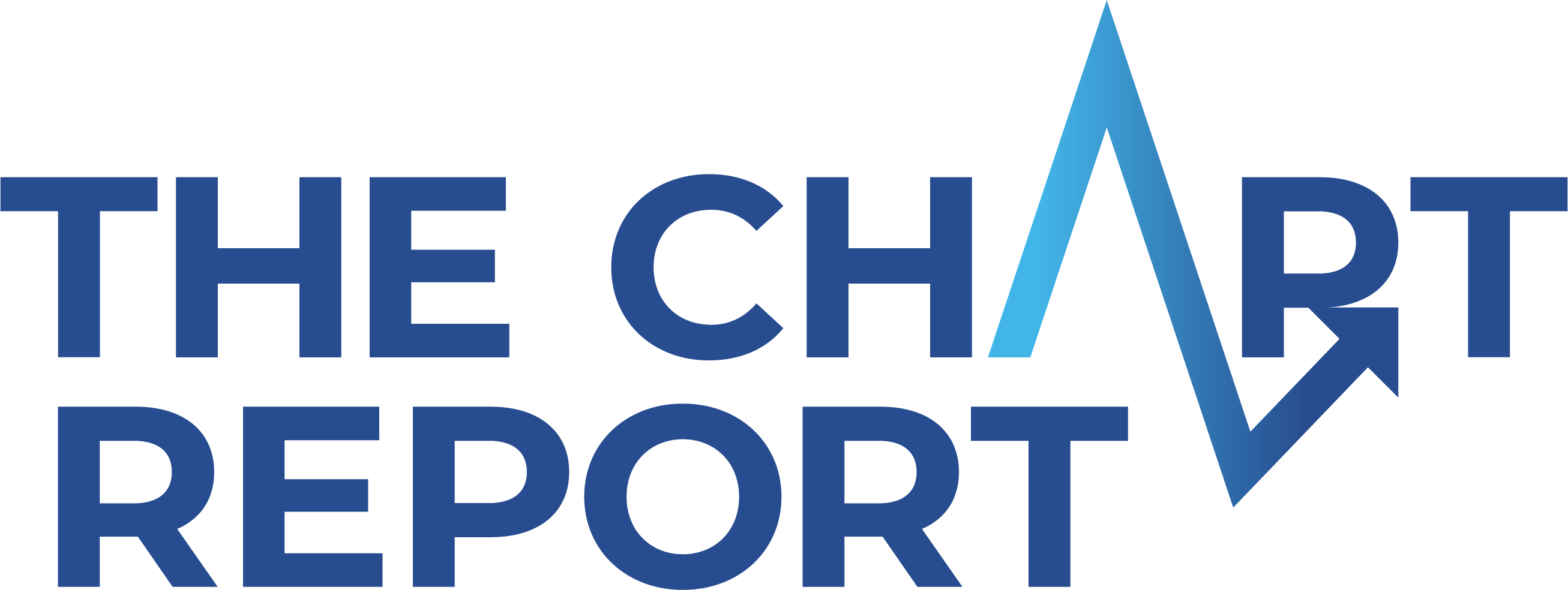This week, Michael Kahn put out a great piece on truly understanding what the terms "overbought" and "oversold" mean when it comes to evaluating a chart. And I have to say that I wholeheartedly agree with almost everything he puts forth here.
"We technicians love to bandy about terms like overbought and oversold, which we think mean just that. An overbought market means too many people bought too many shares/contracts so there is nobody left to buy any more. The market MUST be about to turn lower. Ditto for oversold. The decline overdone. Too low. Must be a bottom."
However, as Michael explains, this simply is not true. In fact one of the most bullish things a stock (or market) can do is become overbought and stay that way. As we know from Technical Analysis 101 (and Newton's 1st Law) an object in motion tends to stay in motion, until acted upon by an outside force. However, there is only one outside force that we are looking for here: supply and demand. Not earnings, not headlines, not insider buying/selling, not RSI reaching 70 (or 30), or as Michael points out, not even "Elon Musk smoking a doobie". None of these effect what a stock does or does not do. They may tell us about the market environment or the sentiment around a particular stock, but they do not cause price to move up or down. Again, this is only caused by an outsized number of buyers or sellers.
A great example is Tandem Diabetes (TNDM), just last year. Look how long this stock stays in "overbought" conditions (in this case, we are looking at an RSI above 70). Was the news so good that the stock had to keep going up and up? While I don't read up too much on stocks in the news, I'm betting there was a simple reason for this: there were more buyers than sellers. And there continued to be more buyers than sellers.
Michael poses the question, "How many trends keep going up as short sellers get crushed?" Why is this? Is there a news event surrounding a stock that is just so positive that the stock has to go up? No. Not at all. In truth, there simply are not enough sellers. That's it. It's that simple. "Overbought and oversold indicators tell us how far the trend may be stretched but they are not the reasons trends snap back." While being overbought is actually a good thing for a stock (not a bad thing, signaling an impending downturn), in the end it's just a number. That's it. Not a holy grail, but a number. Are there instances where a price chart becomes "overbought" or "oversold" and quickly reverses in the opposite direction? Sure. But those conditions aren't the actual reason that trends in price end or begin.


